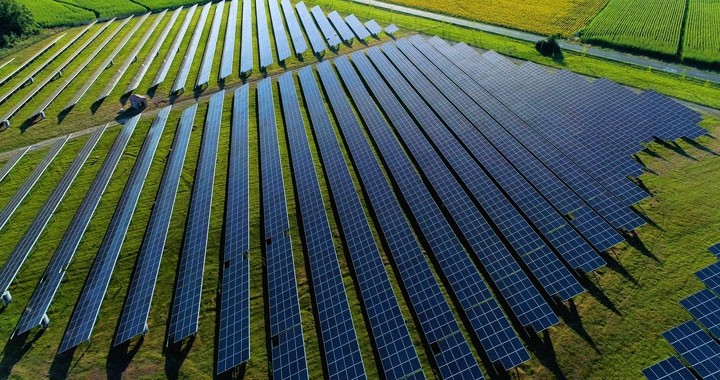
Clean energy of Viet Nam passed the 10% milestone in 2021
Latest
 |
| Viet Nam saw one of the fastest shifts from fossil fuels to wind and solar in 2021 and hit the 10% landmark. (Source: Petro Times) |
A report published on March 30 by Ember organization (UK) reveals that wind and solar, the fastest-growing sources of electricity, reached a record 10% of global electricity in 2021. The milestone has now been reached by 50 countries around the world, with Viet Nam one of the seven new countries to achieve this for the first time in 2021.
The report reveals that 50 countries generated more than a tenth of their electricity from wind and solar in 2021, including all five of the world’s largest economies. Seven new countries passed the landmark for the first time in 2021 are China, Japan, Mongolia, Viet Nam, Argentina, Hungary, and El Salvador. Across the world, the share of wind and solar has doubled since 2015 when the Paris Agreement was signed.
Viet Nam saw one of the fastest shifts from fossil fuels to wind and solar in 2021 and hit the 10% landmark, despite being at just 3% in 2020. Viet Nam’s combined wind and solar generation rose to 11% of their total, demonstrating that rapid growth is indeed possible. No other country managed to come close to increasing their wind and solar share by eight percentage points in 2021.
Viet Nam also experienced astonishing growth in solar as it increased its generation by 337% (+17 TWh) in a single year and became the world’s 10th largest solar generator in 2021. This solar growth meant that Viet Nam was the only country in Asia to meet and exceed its entire demand rise with new wind and solar.
Global electricity demand rebounded after the pandemic to the largest ever annual increase in 2021 (+1,414 TWh). Despite record growth in wind and solar generation, they only met 29% of the global increase in electricity demand in 2021, with the rest met by fossil fuels.
In Viet Nam, however, as the share of wind and solar rose, the share of fossil fuels fell from 73% to 63%. If these trends can be replicated globally, and sustained, the power sector would be on track for 1.5 degrees.
To keep 1.5 degrees within reach, wind and solar need to reach 40% of global electricity by 2030, while coal needs to fall from 36% to just 8%, according to the IEA’s Net Zero Roadmap.
“Wind and solar have arrived. The process that will reshape the existing energy system has begun. This decade they need to be deployed at lightning speed to reverse global emissions increases and tackle climate change," said Ember’s global lead Dave Jones.

















